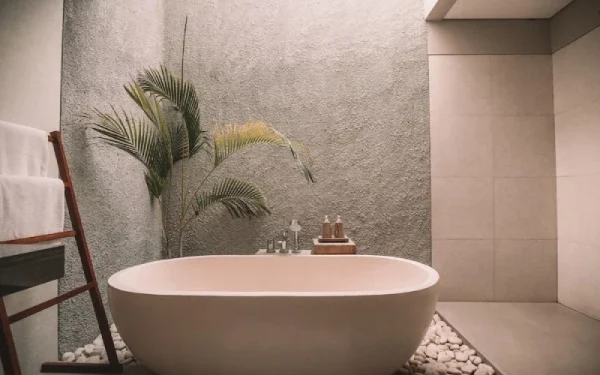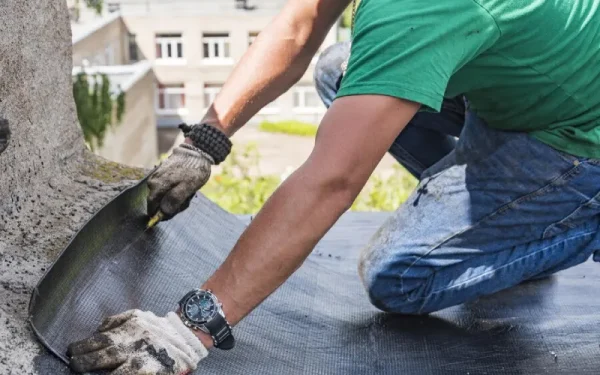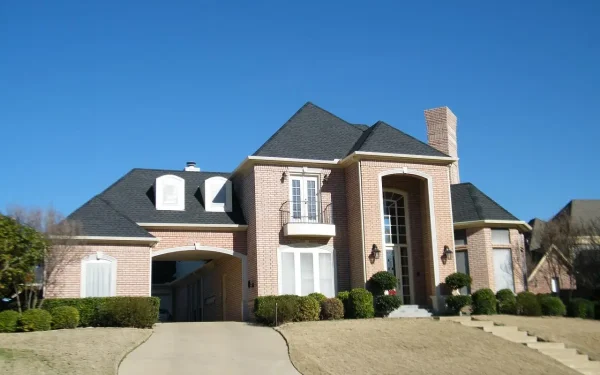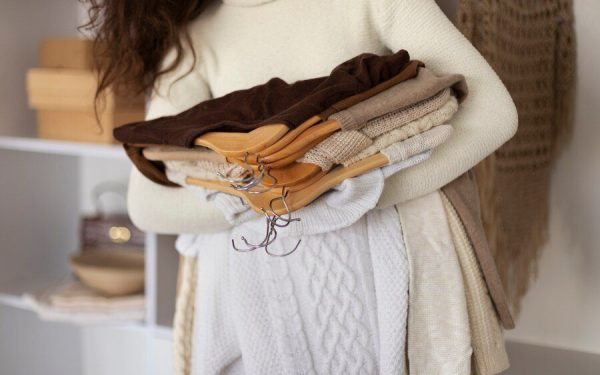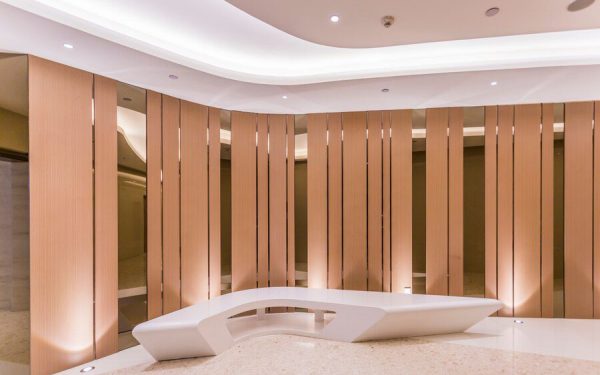Plywood 101: Choosing The Right Material Based on Thickness
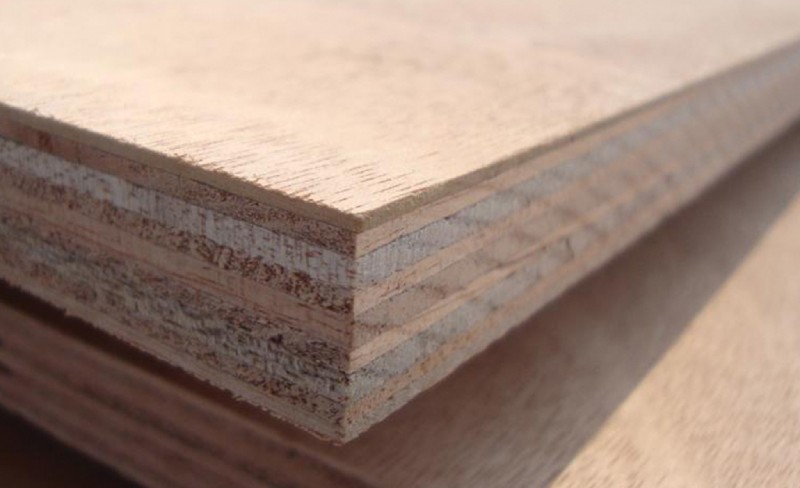
When making plywood furniture, selecting the right material based on its thickness is important. If you use too thin plywood, your furniture might be unstable, leading to the risk of injury when using your table or chair. Plus, your furniture won’t last very long if it isn’t sturdy enough, meaning you might have to make replacement pieces sooner than later.
It’s important to consider these things when choosing your plywood material to create furniture that can be used daily without issue.
Know your wood types
There are three main types of plywood: softwood, hardwood, and composite. Plywood thickness is measured in plies, with each ply being about 1/8 inch thick. The number of plies in a sheet of plywood varies depending on the type of wood and the intended use.
Softwood plywoods have six to eight plies, while hardwoods may have between one and five plies.
Plastic or resin-based composites typically only have two or three plies. Plywood thickness also determines how much it can be sanded, whether it needs priming before painting, how strong it will be, and how resistant to splitting or twisting when nailed or screwed together with other boards.
For example, cabinet-grade plywood is a smooth wood typically used to make furniture and other wood products. It’s easier to sand than standard construction plywood, so it can be stained and finished to create various aesthetic looks.
However, it can warp when exposed to moisture and extreme changes in humidity. Common construction plywood has fewer smooth faces, allowing for a rougher surface but making staining or painting more difficult. It is best used for items like baseboards or shelving, while cabinet-grade plywood is better suited for furniture and cabinets.
Know your ply
Knowing your ply entails knowing what type of board you buy and for what purpose. Some boards are stronger than others, and some have different qualities that make them more useful for certain jobs. Plywood is often used as a subfloor or exterior siding because it is sturdy, relatively inexpensive, and available in various types. Wood plies are made of thin sheets of wood that can be stacked together to form any desired thickness.
Plywood is made of either solid wood or engineered wood. Solid-wood plywood has actual sheets of solid wood, which is why it tends to be more expensive than other types of ply. These boards are thicker, harder and sturdier than engineered-ply boards and, therefore, can stand up to much more abuse. Engineered-ply sheets have paper or a synthetic core that makes them lighter, but because they’re less dense, these boards are not as strong as those made with solid wood.
What thickness you need depends on what you are building
When choosing the right plywood for your project, thickness is everything. The type of project you are working on will dictate the thickness of plywood you need to use.
For example, if you are building a bookshelf, you will need a different thickness than if you were building a deck. Here is a quick guide to help you choose the right plywood based on thickness.
Plywood thickness can also be determined by its purpose. If you are building furniture, such as a bookshelf, you will need something lighter and more flexible than if you were to build a piece of equipment, like scaffolding.
Conclusion
Plywood comes in a wide variety of thicknesses, and you should take that into account when deciding how much weight your new furniture will be able to bear. Actually, hardwoods and plywoods with higher ratings can hold more weight than materials with lower ratings.
As a general rule of thumb, keep plywood under 3/4 thick for surfaces that support heavy objects.

